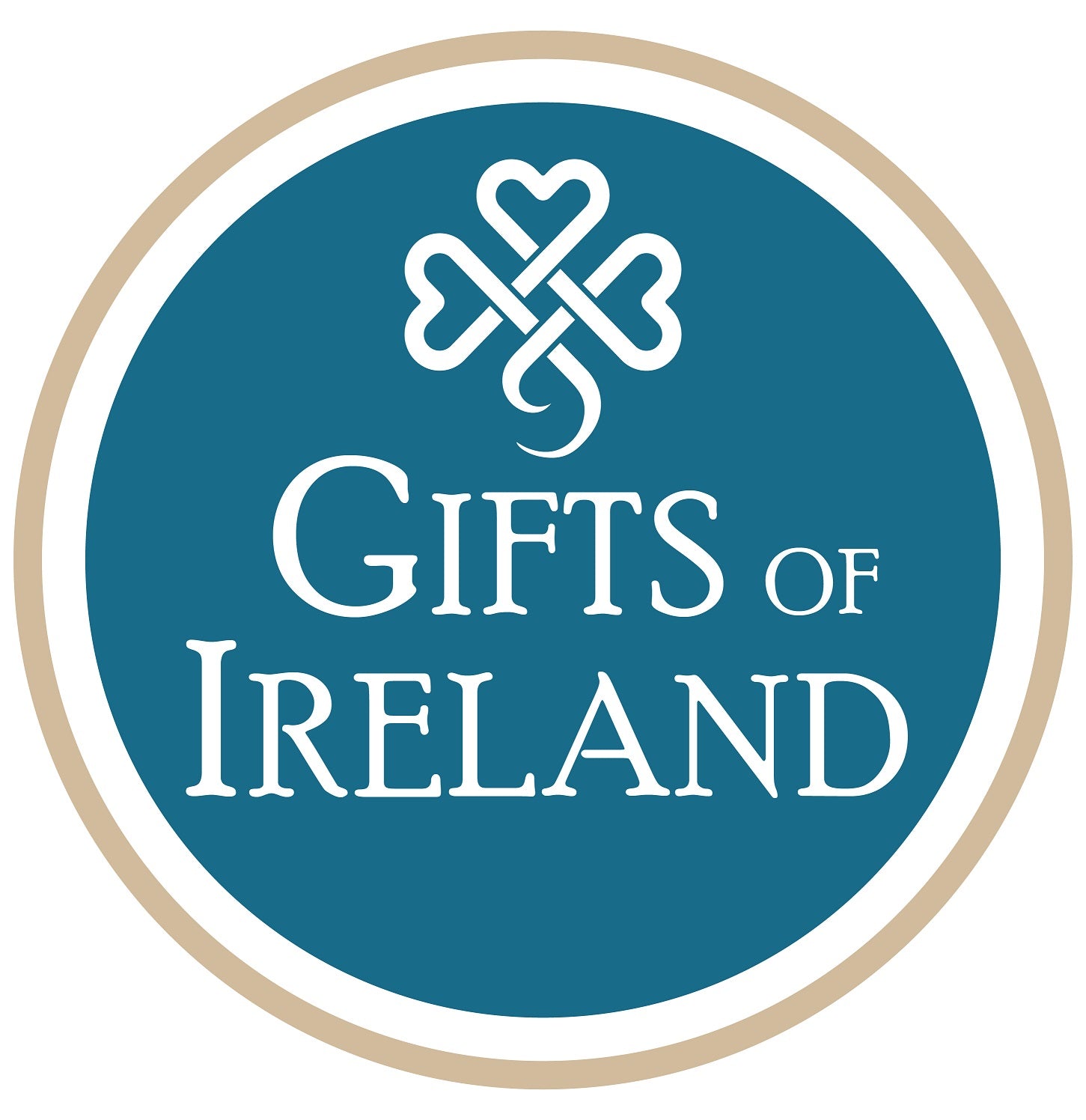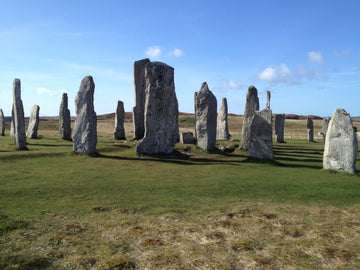
Being an oral-focused culture, the Celts didn't leave much behind in the way of writing, but their surviving artwork and artifacts, as well as their association with Irish heritage and cultural revivals of the last century, have left a huge impact in our imaginations. But where did they come from and what were they like?
But first things first - perhaps the most crucial thing you should know about the Celts is how to say the name right! The common way is to pronounce it as 'Keltic' (if you accidentally say 'Seltic' while in Ireland or Britain, people might think you're referring to the 'Celtic' Scottish football club!).

Like most historical cultural names, the term Celt refers to a shared language family rather than shared ethnicity. Compared to, say, the ancient Greeks or Romans, it's more difficult to precisely determine where Celtic civilization began and ended. But the historical consensus is that the Celts branched off from the larger Indo-European family of tribes approximately three millennia ago. One of the earliest groups that had distinctly Celtic characteristics was the late Bronze Age Urnfield people of Germany and central Europe, named for their custom of cremating their dead and placing the ashes in urns. They were eventually supplanted by the Hallstatt people following the technological advances of the Iron Age, and it was they who made the journey to Britain and Ireland around the 6th Century BC.
For a time the Celts dominated much of northern and western Europe, from north of the Alps to parts of Spain. The ancient Greeks called them Keltoi, referring to inhabitants of Europe's Northwest. Linguistically, the Gauls of France were also technically Celts. But the Roman Empire and migrating Germanic cultures gradually supplanted Celtic languages and religions on the European mainland (usually by conquest), confining them to the British Isles and remote corners of France. In the first century AD, the Romans successfully invaded southern Britain and erected a 73-mile stone wall from coast to coast in northern England in order to keep the Scottish Celts at bay. However, this was the extent of Rome's reach, so Celtic culture narrowly survived in Scotland and Ireland.

The Celts were polytheistic, though until the late Iron Age their gods weren't anthropomorphized. They had hundreds of gods and goddesses (as well as several triple deities), typically associated with natural features such as rivers, though many were only known locally. Druids were the Celtic priests, as well as healers, teachers and historians (a training process which took decades to complete - and all learnt via oral teaching and memorization!).
Rather than the feudal system where leaders were immediately replaced by sons, Celtic kings and chiefs were typically elected via a system called tanistry - where an assembly of family leaders would choose the most suitable candidate to lead, though the crown would usually pass to someone in the same family, such as a brother, son or cousin.

Considering the dangerous times they lived in, they certainly earned their reputation as fearsome warriors, such as by fighting naked and hanging enemies' heads from the necks of their horses (it was believed that the head was where the soul resided). There is archaeological evidence for warrior women among the Celts, as well as female ambassadors. But despite their reputation as skilled warriors and their ability to unite local tribes against common enemies, the Celts ultimately could not compete against the centralized might of the Roman Empire.
Although Christianity gradually absorbed and supplanted many Celtic traditions (following its introduction to Ireland by St Patrick), ironically most surviving knowledge we have about ancient Celtic culture comes from early Christian scribes (and before them, Roman writers). However, despite a relative lack of first-hand written Celtic artifacts compared to Roman civilization, it would be a huge mistake to dismiss the Celts as illiterate; they simply placed far more value on the spoken word. Celtic druids and storytellers felt that their oral traditions would lose much of their impact if they were read rather than spoken or sung. Their trade relations meant they were well-versed in multiple languages from Greek to Latin. And of course, their stunning art and metalwork transcends words.

Today, the few remaining European territories where Celtic languages are still spoken (though rarely as the lingua franca) are collectively known as the 'Celtic Nations'. The six Celtic nations are Ireland (Éire), Scotland (Alba), Wales (Cymru), the Isle of Man (Mannin), Cornwall (Kernow) in England's southwest, and Brittany (Breizh) in the Northwest of France. The former three groups - Irish, Scottish and Welsh - became known as the Gaels.
Although Ireland today has a strong Celtic heritage, the Celts have been but one of many cultures to leave a mark on this little island. Archaeological evidence has revealed that for millennia, Ireland has always been a melting pot of far-flung cultures, from Viking to Basque to the far reaches of Europe and beyond, resulting in a beautifully unique and ever-changing blend of histories, languages, and art which we now call Irish.


Hello Aidan,
Born and raised in what used to be known as nomadic cultural background I am growing increasingly curious when running into Celtic history and traditions, predominantly Irish. Why? I can see the Irish traditional ornamentation and stories resembling those in Asia, starting even from Japan. Even your traditional dwelling looks pretty much like our traditional yurt. Did you say the Celts picked something up from the Huns? Another thing is your musical instrument assembled of flutes and the bag… In Chinese history, they mention that kind of instrument (a bag and a pipe), but no signs of such instruments today, except for an assembly of flutes without the bag… Anyways, any thoughts on that perspective ever?
Altynbek
PS: Even your name – Aidan – in Kyrgyz means “from the moon”.